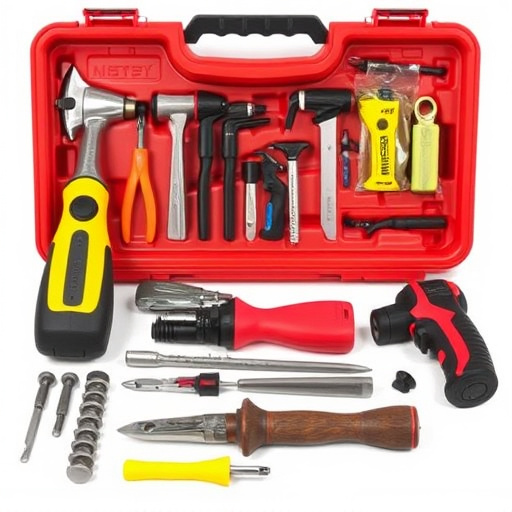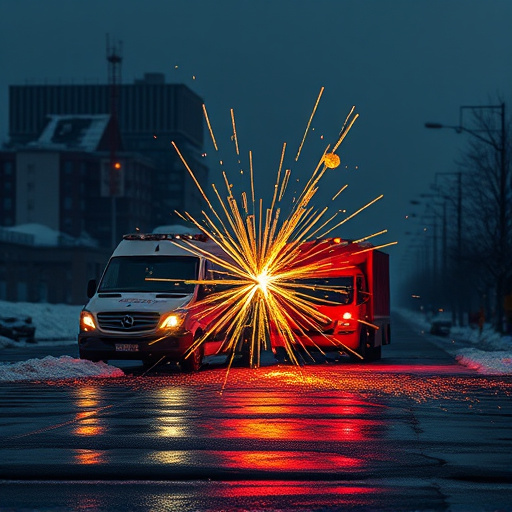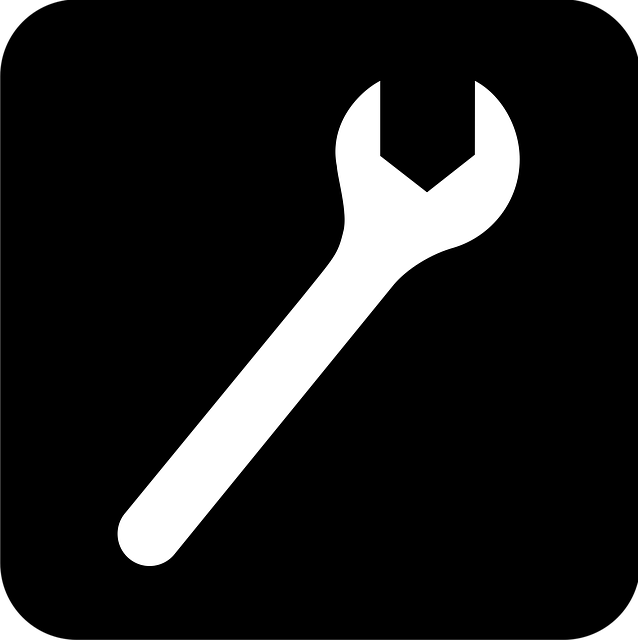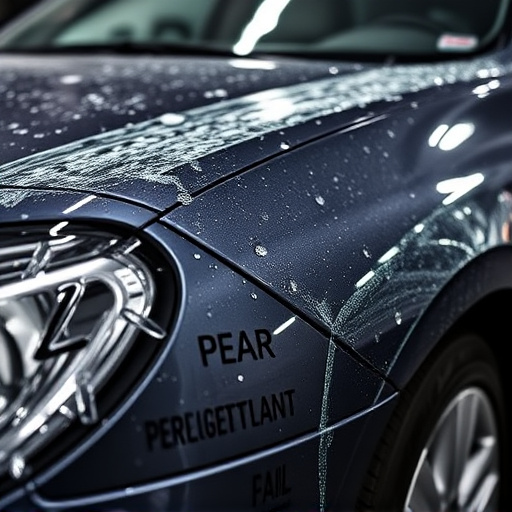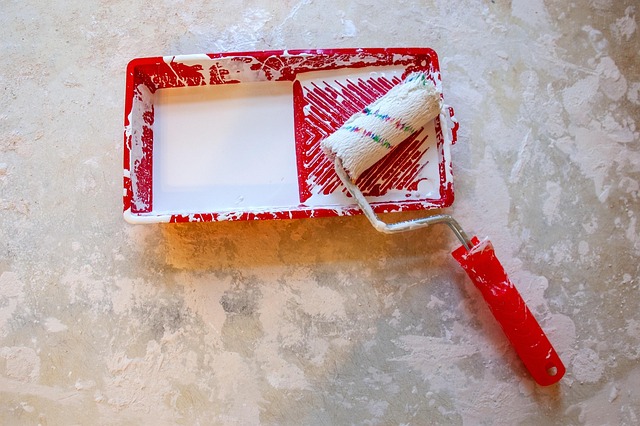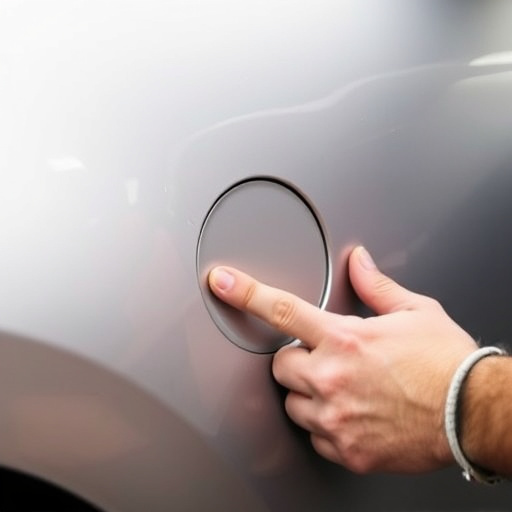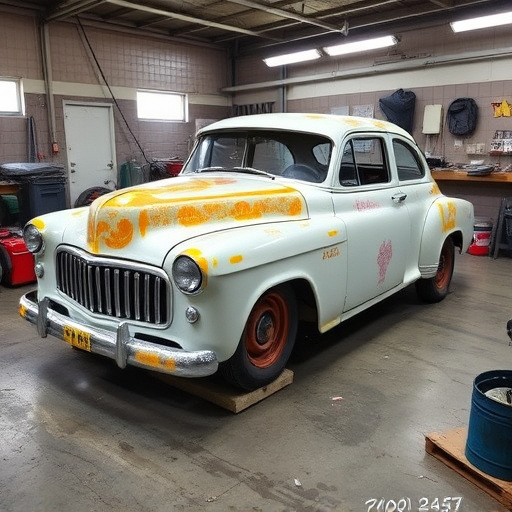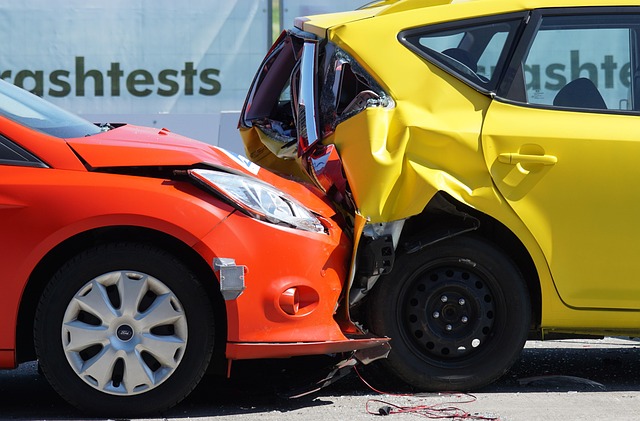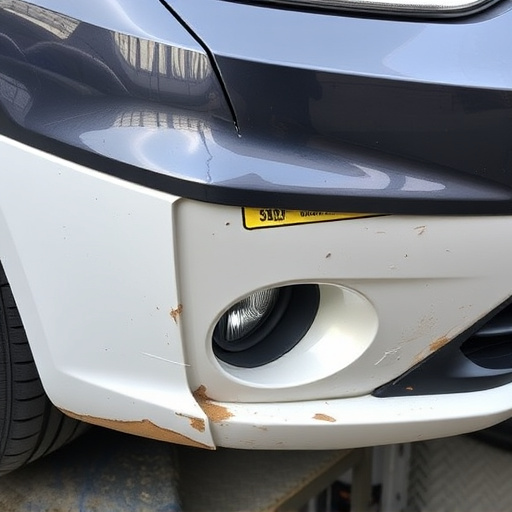Bumper scuff damage, from minor scratches to deep dents, is common in parking lots and tight streets. Repairs range from DIY methods using sandpaper, scuff remover, and polish to professional paintless dent repair or collision center services. Proper assessment and tools are crucial for effective bumper scuff repair, enhancing vehicle appearance and protecting its value.
Bumper scuff repairs are a common yet often overlooked aspect of vehicle maintenance. Low-speed impact damage can mar your car’s appearance, but fixing these scuffs is easier than you think. This guide delves into the world of bumper scuff repair, exploring its benefits and the various techniques involved. Learn about the causes of these damages and whether DIY repairs are a viable option or if professional assistance is required.
- Understanding Bumper Scuff Damage: Common Causes and Types
- The Pros and Cons of DIY vs. Professional Repair
- Step-by-Step Guide: Effective Bumper Scuff Repair Techniques
Understanding Bumper Scuff Damage: Common Causes and Types

Bumper scuff damage is a common issue that can mar the appearance of your vehicle, particularly in low-speed impact scenarios like parking lots or narrow streets. Understanding the causes and types of such damages is crucial for effective bumper scuff repair. Common causes include minor collisions with other vehicles, curbs, or obstacles during parallel parking or maneuvering in tight spaces. These incidents often result in deep scratches, chips, or even small dents on the bumper.
There are several types of scuff damage, ranging from superficial scratches to more severe dented areas. Some scuffs may be shallow and barely visible, while others can leave prominent marks that compromise the bumper’s aesthetic appeal. Vehicle dent repair techniques, including paintless dent repair methods, can effectively address minor dents and scuffs, preserving the car’s original finish. For deeper damage, auto collision centers offer comprehensive solutions, including car paint repair to restore the bumper to its pre-incident condition.
The Pros and Cons of DIY vs. Professional Repair

DIY bumper scuff repairs can be a cost-effective solution for minor, low-speed impact damage. Many individuals opt for this approach to save money and avoid visits to a repair shop. With the right tools and some patience, it’s possible to match the car’s existing paint finish seamlessly. Online tutorials and video guides make the process more accessible than ever. However, DIY repairs come with risks; an inexperienced hand might not achieve a professional-looking result, potentially devaluing your vehicle. Misjudging the extent of the damage could also lead to further complications later on, requiring more extensive car body repair.
On the other hand, enlisting the help of professionals for bumper scuff repair offers guarantees and ensures precision. Skilled technicians have access to high-quality car paint services and advanced equipment, resulting in a flawless finish that blends seamlessly with your vehicle’s original design. While professional collision damage repair can be more expensive, it saves time and provides peace of mind. The expertise offered by these specialists is invaluable when dealing with complex or deep scuffs, ensuring your car retains its value and looks as good as new.
Step-by-Step Guide: Effective Bumper Scuff Repair Techniques

Bumper scuff repair is a straightforward process that can significantly enhance the appearance of your vehicle. Here’s a step-by-step guide to help you tackle low-speed impact damage on your bumper. Start by inspecting the bumper for severity; minor scuffs and scratches can be easily fixed at home, while more severe damage may require professional automotive body shop intervention.
Gather your tools and materials: a scuff remover or compound, a buffer, fine-grit sandpaper, an automotive polish, and microfiber cloths. Lightly sand the damaged area using the fine-grit paper to smoothen the surface and remove any debris. Next, apply the scuff remover or compound evenly over the scratch using a clean microfiber cloth. Allow it to sit for a few minutes before buffing out with a buffer until the affected area is smooth. Finally, polish the bumper with automotive polish to restore its gloss and protect against future car scratch repair needs.
Bumper scuff repair is a simple yet effective way to restore your vehicle’s appearance and protect its value. By understanding the different types of scuff damage, exploring DIY vs. professional options, and mastering repair techniques, you’re equipped to handle low-speed impact issues efficiently. Remember, prompt action can prevent further damage and keep your car looking its best.
